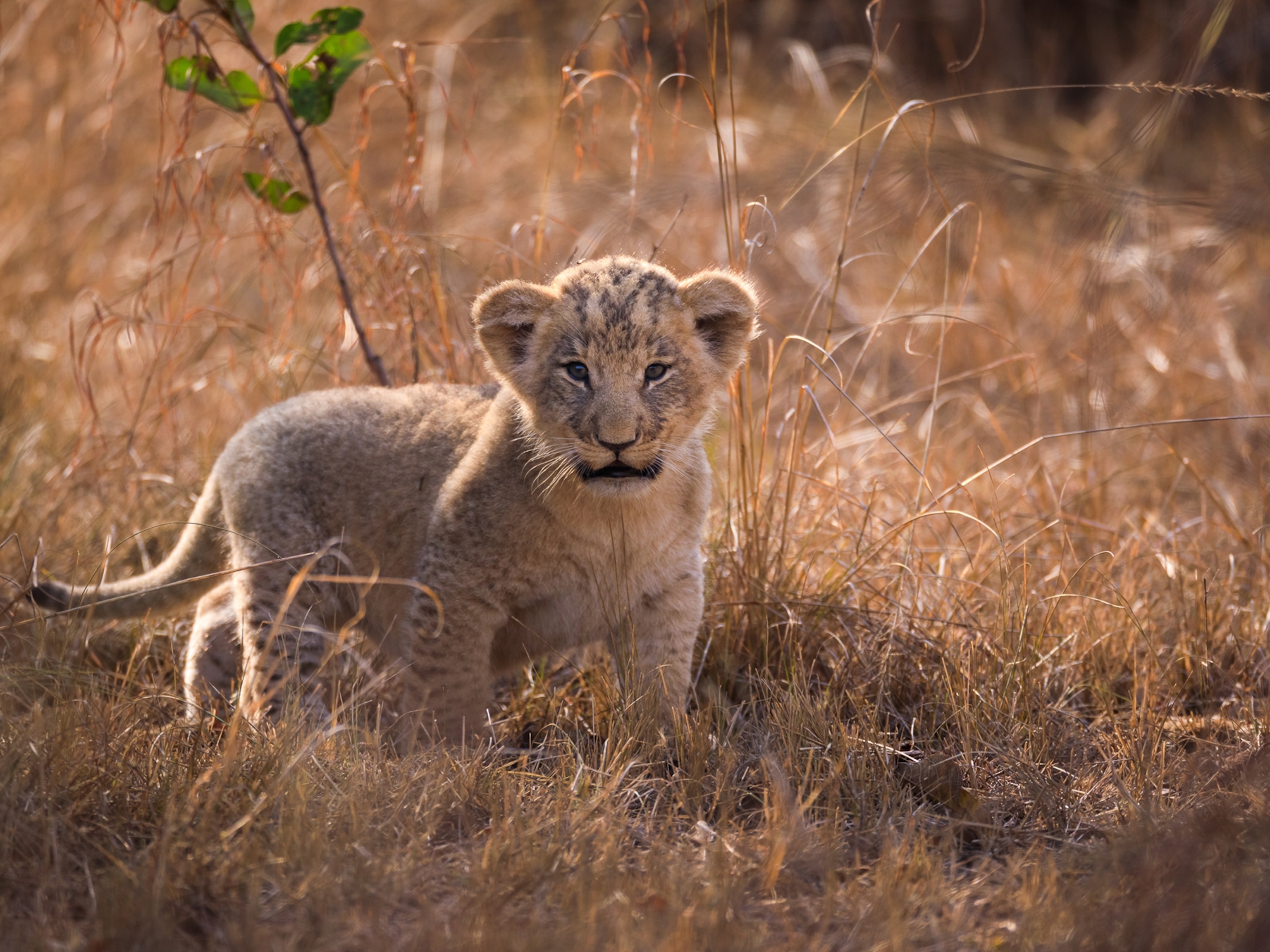
New Epic Route Will Connect 17 National Parks
This “Route of Parks” in Chile will ultimately be 1,500 miles long.
In 1976, Chilean dictator Augusto Pinochet ordered the construction of Route 7, an ambitious new roadway that would stretch some 770 miles through Patagonia’s relatively unpopulated lands of southern Chile. This remarkable wilderness region comprises dense coastal rain forests, jaw-dropping fjords, glaciers, volcanoes, and the steep, soaring peaks of the Andes, which charge all the way down to the very tip of the continent.
Over the next decade, more than 10,000 soldiers reportedly worked to build the dirt road, which became known as the Carretera Austral (Southern Highway). Many lost their lives in the effort, considered one of Chile’s most ambitious infrastructure projects of the 20th century. By the late 1980s, the Carretera Austral had opened to traffic, though the road’s construction continued, pushing farther and farther south.
Today, the Carretera Austral is being reimagined with the adventurous tourist in mind—a conduit to some of the most spectacular and truest wilderness on Earth. With the news that over 10 million acres of land in this region will become either new national parks or expand existing ones, a portion of the Carretera Austral—still mostly a double-wide dirt road—will concurrently be rebranded as the Ruta de los Parques.
This “Route of Parks” will ultimately be 1,500 miles long and connect an incredible 17 national parks in Chile.
“It opens up the possibility of imagining a road trip that could take weeks in its entirety,” says Rick Ridgeway, a vice president at the clothing company Patagonia and a board member of Tompkins Conservation, the umbrella organization overseeing Conservación Patagónica and the Conservation Land Trust, which works to create national parks in Chile and Argentina.
“It’s an exciting idea,” Ridgeway says of the plan to link 17 parks. “It’s got the Chileans excited, too, as a way to fire people's imaginations about seeing several, if not all, of these new protected areas, through an extended road-trip adventure.”
Landmark Donation
It’s one of the great conservation stories of all time: Last month Chile President Michelle Bachelet and American philanthropist and conservationist Kristine McDivitt Tompkins pledged to expand Chile’s national park system by just over 10 million acres—an area larger than Switzerland.
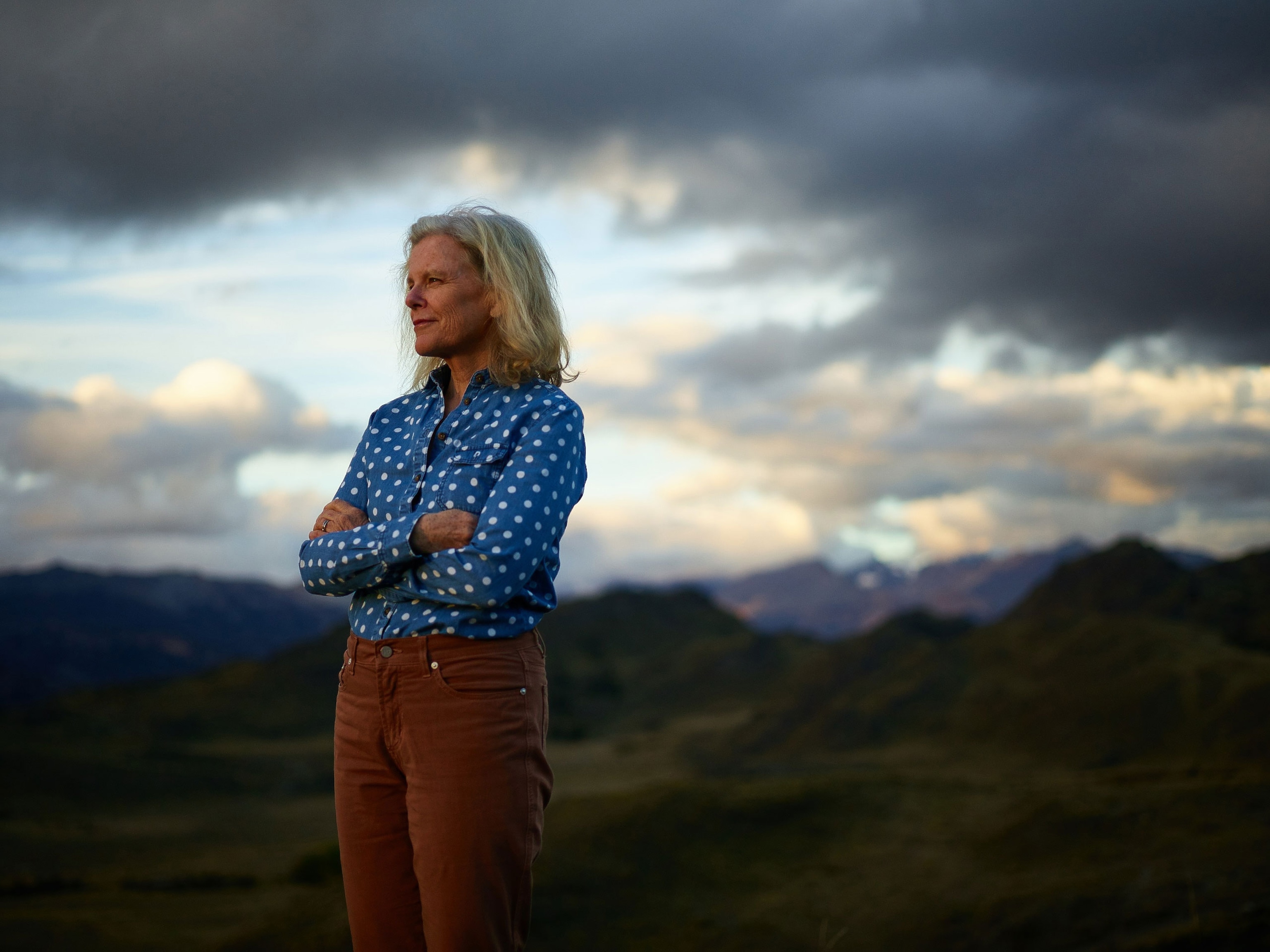
Through the Tompkins Conservation, an organization she co-founded with her late husband Doug Tompkins, Kris Tompkins pledged to hand over more than a million acres that the couple had purchased over the course of two decades with the goal of conservation and rewilding. It is considered the largest private land donation to a country ever. The Chilean government, meanwhile, bolstered the Tompkins donation by designating another nine million acres of federally protected lands to become national parklands.
Ridgeway, 67, is a very dear friend of the Tompkins’. In fact, he was with Doug when he died in a kayaking accident on Carrera Lake in southern Chile in December 2015. Yvon Chouinard, founder of outdoor retailer Patagonia, was also there at the time. All three are pioneering figures in the outdoor industry whose longtime friendship and shared love of southern Chile has not only inspired their environmentally friendly approaches to business and leadership but has also launched dozens of their own adventures to this region to explore, fish, hike, kayak, and climb together.
Ridgeway is a legendary climber who is probably best known for being a part of the first American team to reach the summit of K2 in 1978. He first ventured to Chilean Patagonia in the 1980s to go fishing with Chouinard. Today, he estimates he’s returned to this wild country upward of 30 times. In an interview with us, he shared some stories and insights into what makes these parklands unique and why he continues to return to Patagonia year after year.
‘A True Wilderness’
With over 15 degrees of latitude between the future Pumalín National Park, the northernmost park to be part of the Ruta de los Parques chain, and Yendegaia National Park, the southernmost, there are a variety of landscapes. Ridgeway says the geography is in some ways akin to that of the Pacific Northwest, from coastal Oregon up through Washington State and into British Columbia.
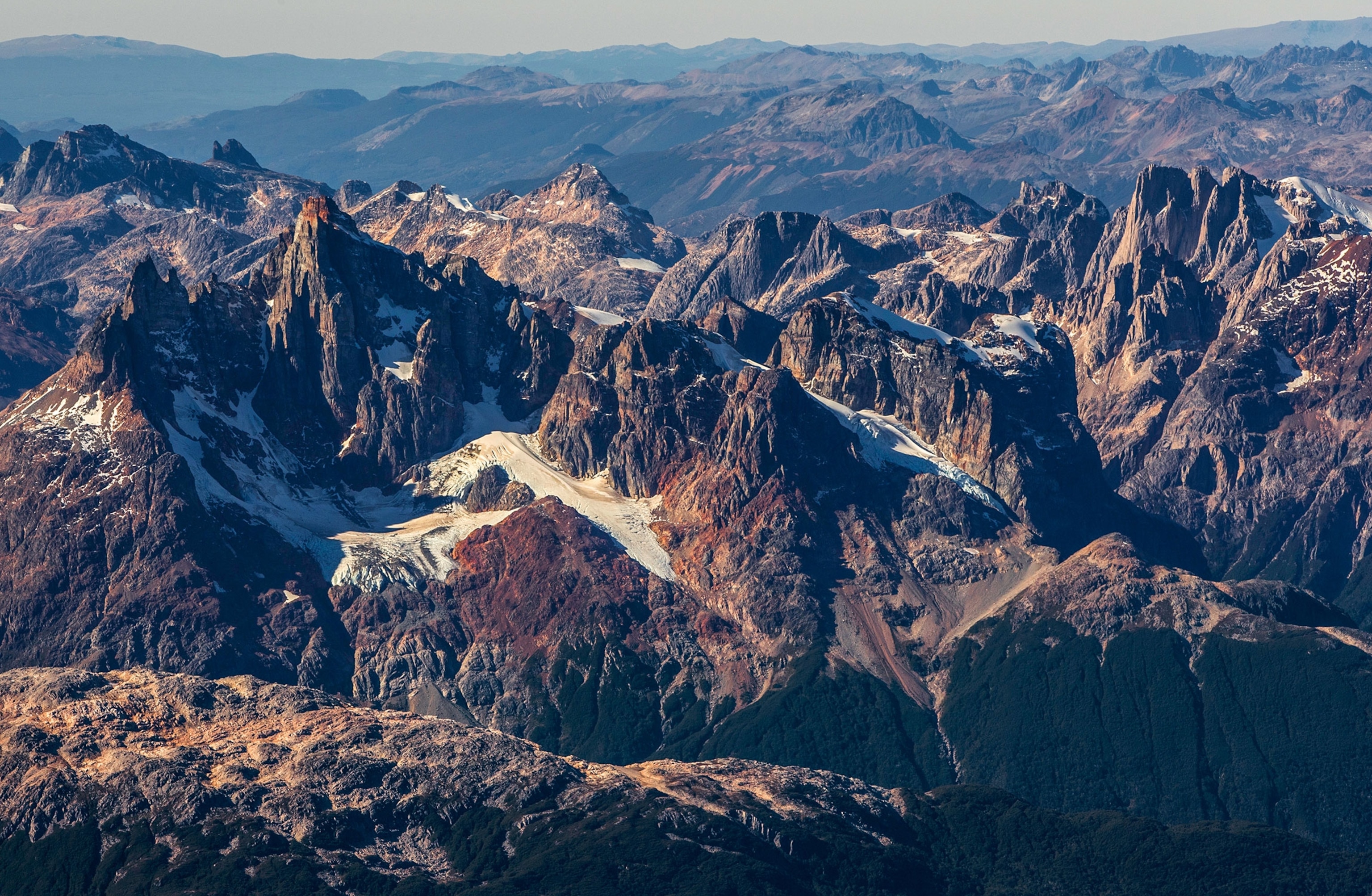
“In northern parks like Pumalín and Corcovado and in Melimoyu Park, it is a challenge to get around if you're traveling off trail,” he says. “I've climbed a few peaks here with Yvon [Chouinard] and Doug [Tompkins] over the years, and I've had some real bushwhacking challenges. But the flip side is that you're in a true wilderness.
“If you were to want to do more moderate hiking, you can stick to the trail systems in places like Pumalín. But if you really want to get into true, deep, wildness, where the footprint of human beings is virtually nonexistent, go to Corcovado Park. There's no infrastructure, no trail systems, and the whole thing is deep wilderness with all the magic that can come with that.”
Corcovado National Park
Corcovado National Park has a rich biodiversity, including the puma, which stalks the ancient forests that surround 82 lakes throughout the park. The rain forests yield to high volcanoes, including the park’s namesake peak, Corcovado (7,218 feet), a striking snowcapped mountain that was first climbed, solo, by Doug Tompkins.
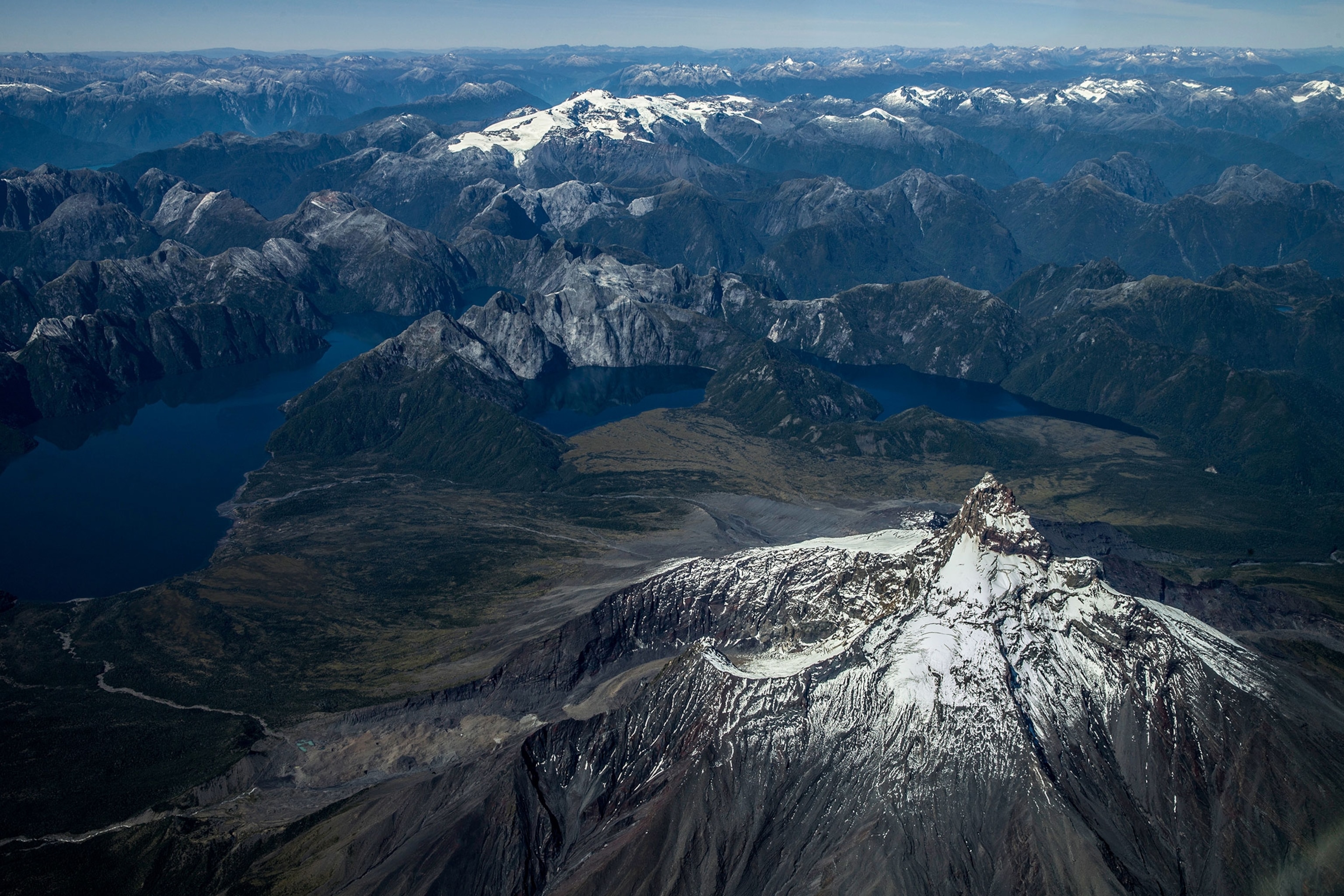
“It was an amazing feat,” Ridgeway says, “because the last few pitches are pretty steep and technical. I tried to climb that mountain [years later] with three other buddies, Jeff Johnson, Jimmy Chin, and Timmy O'Neil, and we’re all pretty good mountaineers. We got right up near the summit, but the rock was just too crumbly to continue. When Doug was there, it was covered with ice, so he could ice climb to the top. But to solo ice climb up that thing was no small feat.”
Tompkins says the experience of failing to climb Corcovado—as well as another one, in which he and Tompkins succeeded on the first ascent of Yanteles, another volcano within this park—were “adventures that will always stay with me.”
Patagonia National Park
Ridgeway calls the future Patagonia National Park perhaps the most unique park of them all.
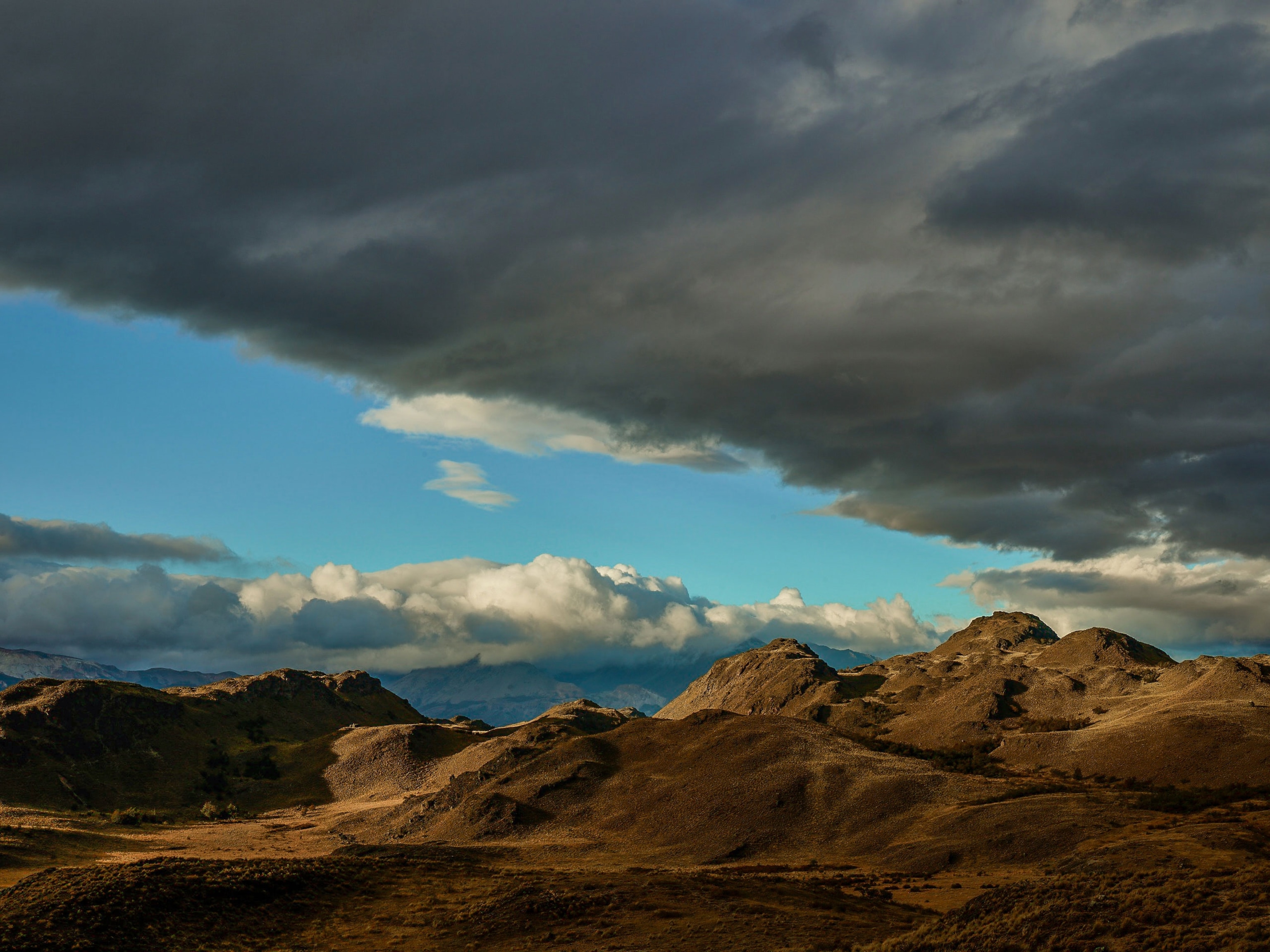
- National Geographic Expeditions
“It’s distinct from all the rest because, at that latitude, the crest of the Andes split into two spines. The seaward part of the Andean chain is, at that point, called the Northern Ice Cap. Patagonia National Park is to the east, on the secondary spine. Consequently it's a park that's in the rain shadow of the ice cap. The rainfall here is only 25 or 30 percent of what it is out in the coastal parks. The vegetation is entirely different; that thick forest understory isn't there, so you can hike around and move much more easily. It's an entirely different experience.”
There are over 70 miles of trails in the park. The three must-dos are the Lagunas Altas Trail, the Avilés Trail, and the Lago Chico Trail, which introduce visitors to the western, central, and eastern landscapes of the diverse park. But there’s plenty of backcountry adventure to be had as well.
“Two years ago, I went there with two other friends of mine and we made an exploratory hike following just animal trails,” Ridgeway says. “That was super cool because we were out there, it was really exploratory, and we had a fantastic four-day backpacking trip.”
The Road Trip of a Lifetime
Mountain biking the entire 1,500-mile Ruta de los Parques is certainly one hard-core objective, but most travelers will choose to tackle the road by car. For Ridgeway, this road trip has special sentimental value. He, his wife, and their three children drove the entire dirt highway in the late 1980s, over the course of two separate trips, each one lasting six weeks.
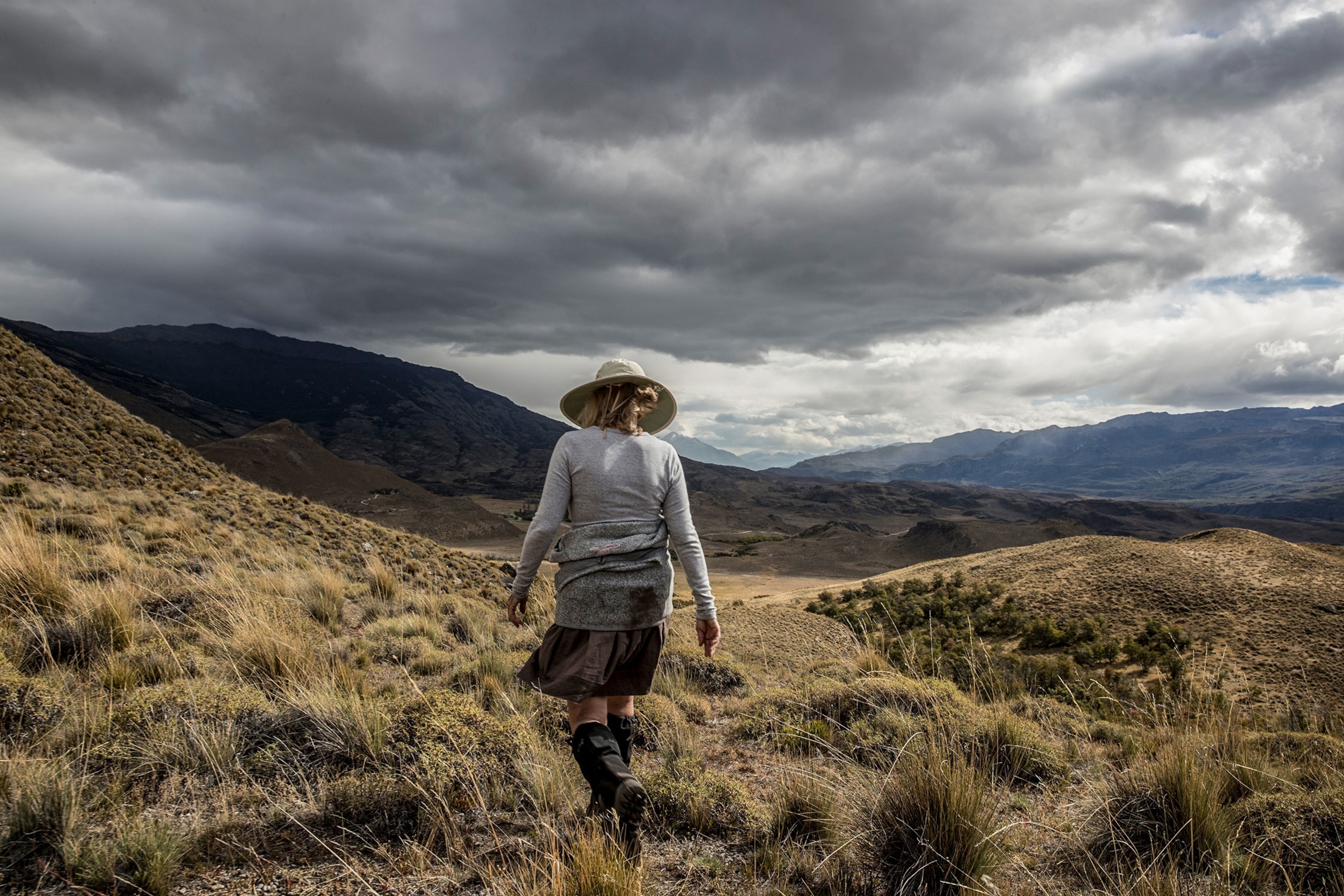
“It was a terrific experience for us and our children, and they still talk about it all the time. In fact, they've all continued to go back there in adulthood to do volunteer work for the park projects. Those road trips were formative and life changing for them.”
Andrew Bisharat is a writer, editor and climber based in Basalt, CO. You can follow him on Twitter at @eveningsends. Jimmy Chin is an award-winning adventure photographer and filmmaker. You can follow him on Instagram at @jimmy_chin.




